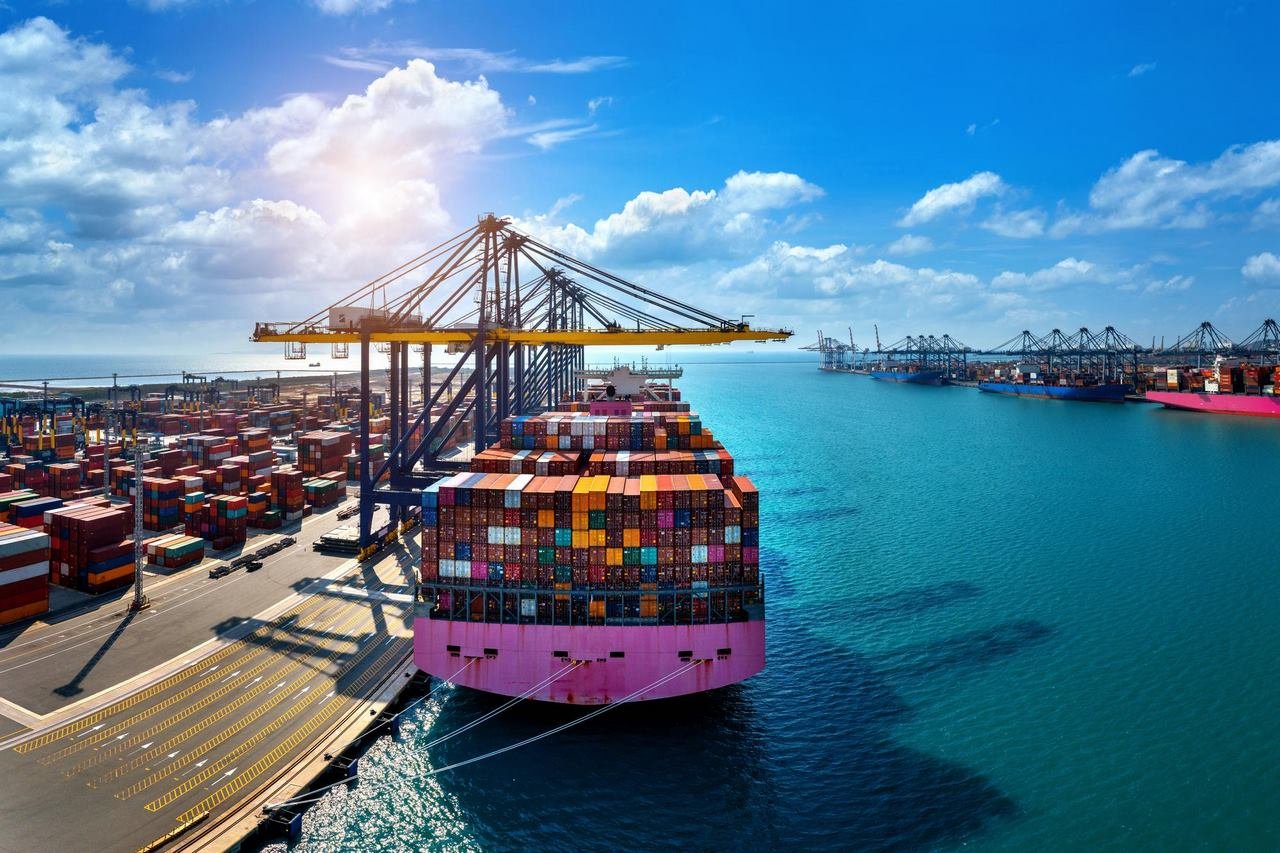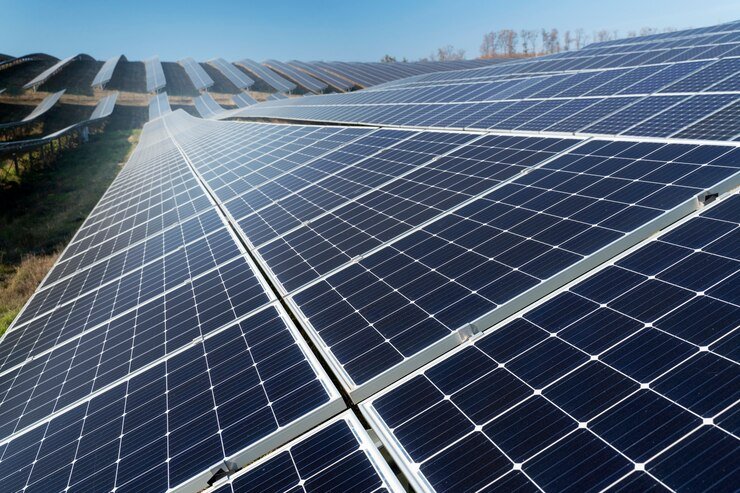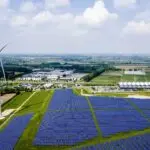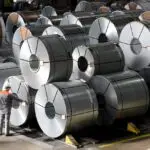Sustainability isn’t just a buzzword anymore—it’s a blueprint for how we live, work, and power the planet. Around the world, communities are rethinking how infrastructure is built, operated, and financed. In the center of this transformation lies an innovative model that’s quietly reshaping the future: EPCF—Engineering, Procurement, Construction, and Financing. At Steelbridge Export, we’ve seen firsthand how EPCF empowers governments and private developers alike to turn visionary ideas into tangible, sustainable realities.
From solar power plants to water treatment systems and resilient transportation networks, the EPCF approach is enabling rapid, cost-effective, and high-quality delivery of critical infrastructure—especially in developing economies. But how exactly does it work? And why is it becoming the model of choice for sustainable infrastructure projects?
Let’s dive in.
What Is EPCF and Why It Matters Now More Than Ever
EPCF stands for Engineering, Procurement, Construction, and Financing. It’s a streamlined delivery method where one firm or consortium takes full responsibility for the entire lifecycle of a project—from initial design all the way through construction and funding.
While traditional EPC models have long been used in infrastructure, the inclusion of Financing in EPCF changes the game. In this model, the contractor doesn’t just build the project—they also secure the capital, often through a blend of private lenders, development banks, or export credit agencies. This all-in-one approach means projects get off the ground faster, reduce risk for governments, and ensure smoother execution.
In a world racing to meet climate goals, the EPCF model is particularly powerful for sustainable infrastructure:
- It aligns financial and technical accountability.
- It attracts global investment into regions often overlooked.
- It brings bankable certainty to projects that otherwise struggle to launch.
The Role of EPCF in Accelerating Green Infrastructure
The green infrastructure revolution isn’t a future concept—it’s happening now. And EPCF is at the heart of its momentum.
1. Clean Energy Deployment
From utility-scale solar farms to wind parks and energy storage, EPCF projects are bringing renewable energy to underserved communities. By integrating financing, EPCF contractors are able to de-risk projects for governments while accessing concessional loans or climate finance.
Consider a small nation in Sub-Saharan Africa that wants to expand renewable energy access. Under an EPCF model, a firm handles everything—from solar farm design to securing loans from global development banks. The result? A fully funded, fully operational solar plant with minimal stress on national budgets.
2. Sustainable Water and Sanitation
In areas facing water scarcity or pollution, sustainable infrastructure is life-saving. EPCF contractors are delivering modular, scalable water treatment facilities that can be rapidly deployed and financed under long-term performance contracts.
3. Low-Carbon Transportation
Modern transit solutions—from light rail systems to electric bus networks—are also being delivered via EPCF. The model enables governments to leapfrog to green mobility without shouldering the full financial burden upfront.
By tying financing to measurable outcomes, EPCF ensures that infrastructure isn’t just built—it works, it lasts, and it aligns with a nation’s sustainability targets.
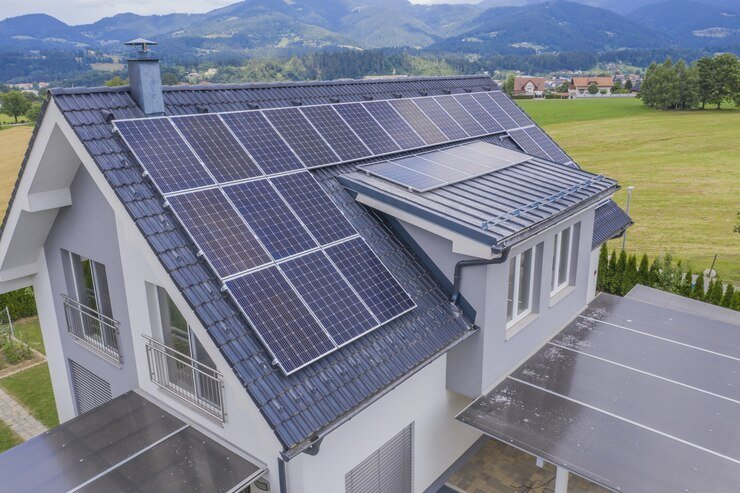
EPCF energy projects, EPCF infrastructure,
benefits of EPCF in renewable energy, EPCF vs EPC, EPCF turnkey solutions, how EPCF reduces project risk, EPCF for solar power plants, EPCF infrastructure model in developing countries, EPCF in energy project finance, integrated EPCF project delivery, EPCF for government energy projects, EPCF funding model for clean energy, EPCF construction and financing explained, EPCF project management services, EPCF contractors for solar projects, EPCF procurement and financing strategies, EPCF model for infrastructure development, EPCF projects in Asia,
How EPCF Creates Long-Term Value
It’s one thing to build something; it’s another to build something that lasts, performs, and pays off. That’s where EPCF shines. Here’s how it delivers long-term value:
1. Single Point of Accountability
With EPCF, one entity is responsible for engineering, procurement, construction, and financing. This eliminates miscommunication between separate vendors and ensures smoother coordination. If something goes wrong, there’s no finger-pointing—just solutions.
2. Accelerated Project Timelines
Because financing and design are integrated, EPCF projects often avoid the bottlenecks that stall traditional builds. Projects move from concept to commissioning faster, which is crucial for time-sensitive infrastructure like power or water.
3. Improved Cost Control
EPCF firms are incentivized to control costs because they’re managing both execution and financing. This minimizes budget overruns and ensures more predictable returns for stakeholders.
4. Performance Guarantees
Many EPCF contracts include guarantees for system performance or output (especially in solar or water projects). This gives peace of mind to investors and ensures infrastructure operates as promised.
Best Practices in EPCF-Driven Sustainability Projects
Getting the most out of EPCF requires strategic planning and the right partners. Based on global trends, here are some best practices for maximizing EPCF’s impact on sustainable infrastructure:
1. Start With a Bankable Feasibility Study
Solid data is everything. A high-quality feasibility study ensures the project is technically and financially viable. EPCF firms often help conduct these studies to align engineering designs with financial models.
2. Choose Partners With Strong Financial Networks
The “F” in EPCF is only as strong as the contractor’s financing connections. Look for firms with established relationships with export credit agencies, multilateral development banks, and climate finance institutions.
3. Engage Stakeholders Early
Sustainable infrastructure touches many lives. From local governments and utilities to communities and environmental agencies, early engagement ensures buy-in and avoids roadblocks later.
4. Design for Resilience
Climate change is real, and infrastructure must be ready. EPCF firms with experience in climate-resilient design ensure that projects can withstand storms, floods, and extreme heat.
5. Plan for Long-Term Operations
Sustainability means thinking beyond construction. Choose partners who provide operations and maintenance (O&M) support or train local teams. This builds local capacity and ensures infrastructure stays effective for decades.
Real-World Success: EPCF at Work
Let’s look at how EPCF is changing the game globally:
- Latin America: A 150 MW solar plant in Central America was developed using an EPCF model. Steelbridge Export helped design the system and coordinated financing through a consortium of European development banks. The project came online four months early and now powers over 100,000 homes.
- South Asia: A coastal city struggling with freshwater supply turned to EPCF for a desalination facility. The contractor bundled engineering, reverse-osmosis technology, and financing through a 20-year performance contract. Clean water now flows to 1.2 million residents.
- East Africa: A national grid extension project was paired with decentralized solar mini-grids, built under EPCF. Steelbridge Export worked with local governments to align the design with electrification goals and secured partial grants through green energy funds.
These examples prove that EPCF is more than a method—it’s a movement toward smarter, more inclusive infrastructure.
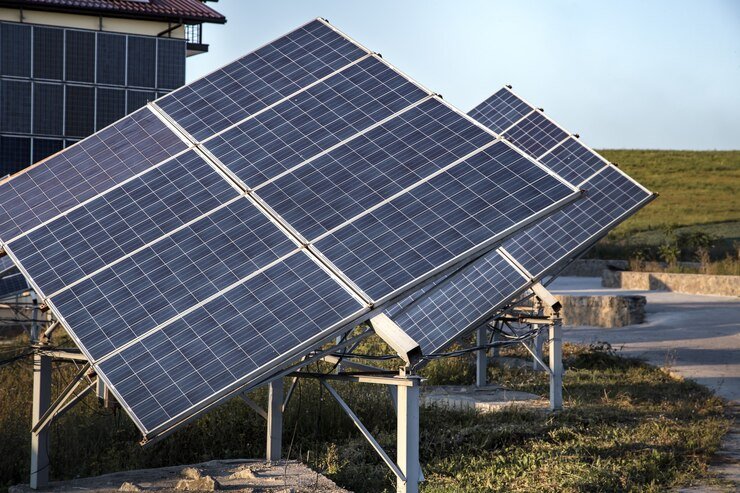
EPCF energy projects, EPCF infrastructure,
benefits of EPCF in renewable energy, EPCF vs EPC, EPCF turnkey solutions, how EPCF reduces project risk, EPCF for solar power plants, EPCF infrastructure model in developing countries, EPCF in energy project finance, integrated EPCF project delivery, EPCF for government energy projects, EPCF funding model for clean energy, EPCF construction and financing explained, EPCF project management services, EPCF contractors for solar projects, EPCF procurement and financing strategies, EPCF model for infrastructure development, EPCF projects in Asia,
Why Governments Are Turning to EPCF
Governments around the world—especially in emerging markets—are under pressure to deliver infrastructure that is both impactful and cost-effective. Traditional funding channels are slow, bureaucratic, and risky. With EPCF, the burden shifts from public treasuries to expert partners.
Key reasons governments prefer EPCF:
- Access to international financing
- Reduced project risk and administrative load
- Faster execution timelines
- Alignment with climate and development goals
In many countries, EPCF is now part of national infrastructure policy—especially for renewable energy, transport, and water projects.
The Future Is Built on EPCF
Looking ahead, it’s clear: EPCF will be foundational to sustainable infrastructure development. It’s a flexible, scalable model that adapts to the unique needs of every region. As demand grows for climate-smart, inclusive, and resilient infrastructure, EPCF provides a toolkit for action—not just ambition.
It also levels the playing field. Small and mid-sized countries that historically lacked access to top-tier infrastructure can now leap ahead, thanks to the bundled expertise and capital that EPCF offers.
And as technologies evolve—think green hydrogen, EV charging grids, and climate-adaptive housing—EPCF will continue to evolve with them, building what tomorrow needs today.
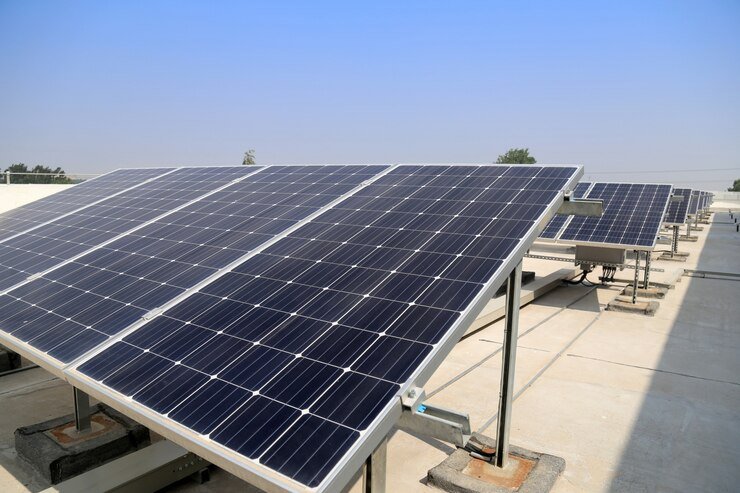
EPCF energy projects, EPCF infrastructure,
benefits of EPCF in renewable energy, EPCF vs EPC, EPCF turnkey solutions, how EPCF reduces project risk, EPCF for solar power plants, EPCF infrastructure model in developing countries, EPCF in energy project finance, integrated EPCF project delivery, EPCF for government energy projects, EPCF funding model for clean energy, EPCF construction and financing explained, EPCF project management services, EPCF contractors for solar projects, EPCF procurement and financing strategies, EPCF model for infrastructure development, EPCF projects in Asia,
Final Thoughts: Empowering the World, One Project at a Time
Sustainable infrastructure is more than concrete and cables. It’s about hope, equity, and resilience. Through the EPCF model, we’re building smarter, faster, and greener—and helping nations rise to meet the challenges of our time.
At Steelbridge Export, we’re proud to play a role in that journey. By connecting global capital with local opportunity, and by marrying brilliant engineering with innovative finance, we’re not just building projects—we’re building futures.
Ready to take the next step in your infrastructure journey? Learn more at jacobs


